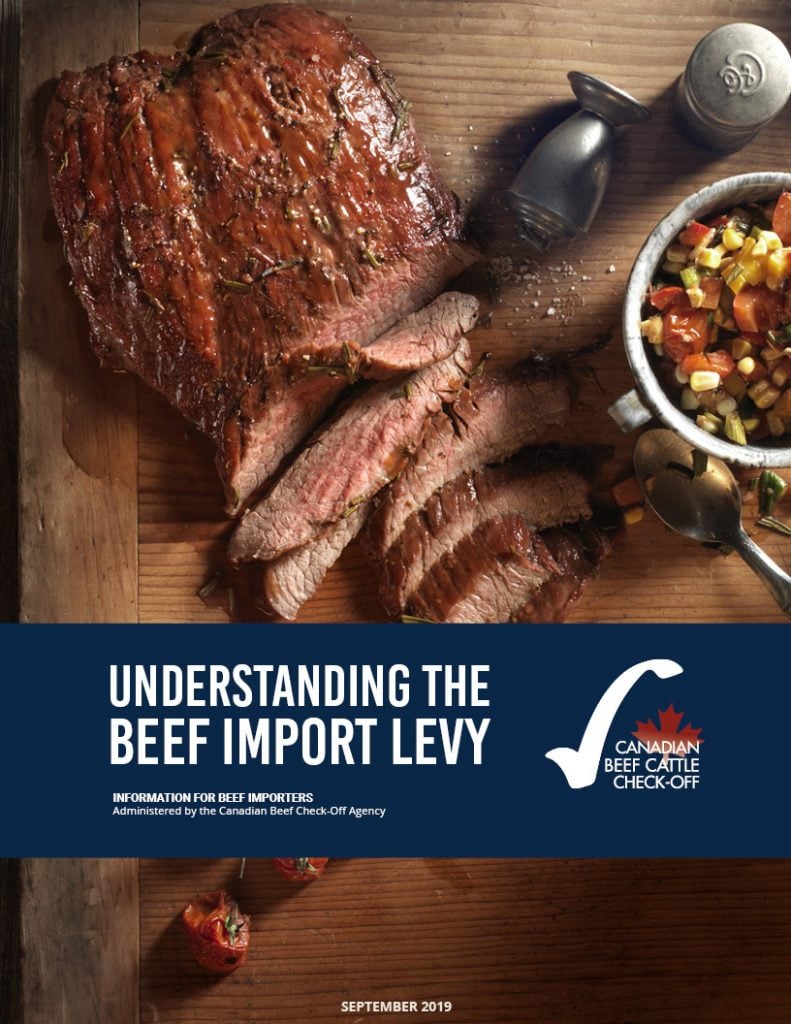Import Levy
On June 5, 2013, the Beef Cattle Research, Market Development and Promotion Levies Order was gazetted, which amended it to include the import levy which had been mandated as part of the Proclamation in 2002.
The import levy is set up to be equivalent to the domestic check-off on a per head or carcass equivalent basis. Schedule 2 of the Beef Cattle Research, Market Development and Promotion Levies Order lays out a formula where each product code (HS code) is assigned a levy value per pound or kilogram. The levy formula is based off the U.S. import levy.
The Agency is the organization responsible for administering the domestic and import levy collection and remittance. To manage the import levy, the Agency works closely with the Farm Products Council of Canada and Agriculture and Agri-Food Canada. Along with Government, the Agency considered a number of levy collection mechanisms after which it was determined that the most expedient method to collect was to generate invoices based on the information received on all beef, beef cattle and beef products imported into Canada from Agriculture and Agri-Food Canada and Canada Border Services Agency. The information on the invoices is generated based on the importer’s business identification number, HS codes of imported product, quantity of imported product, and levy rate.
Import Levy Investments
On average over the past five years, $1.17 million has been invested into generic beef marketing programs annually.
Generic beef marketing is the promotion of unbranded beef, which is supported by import levy dollars. These activities focus on keeping beef on the plate of Canadian consumers by promoting the healthfulness of beef, growing consumer culinary skills, and reinforcing food safety practices. Generic beef marketing resources and programming can be found on the ThinkBeef.ca website.
These generic beef programs are facilitated by Canada Beef.

